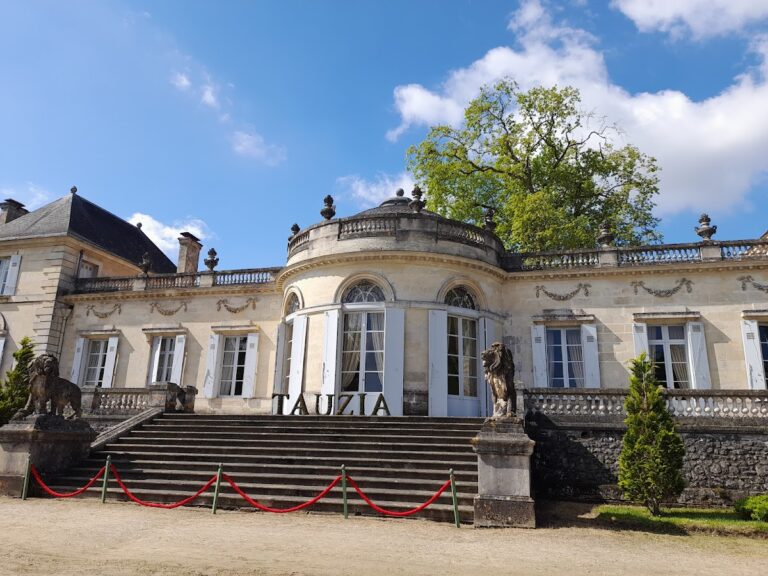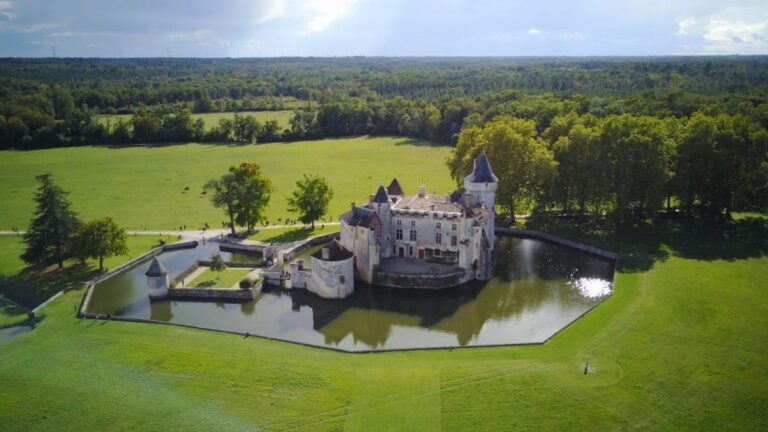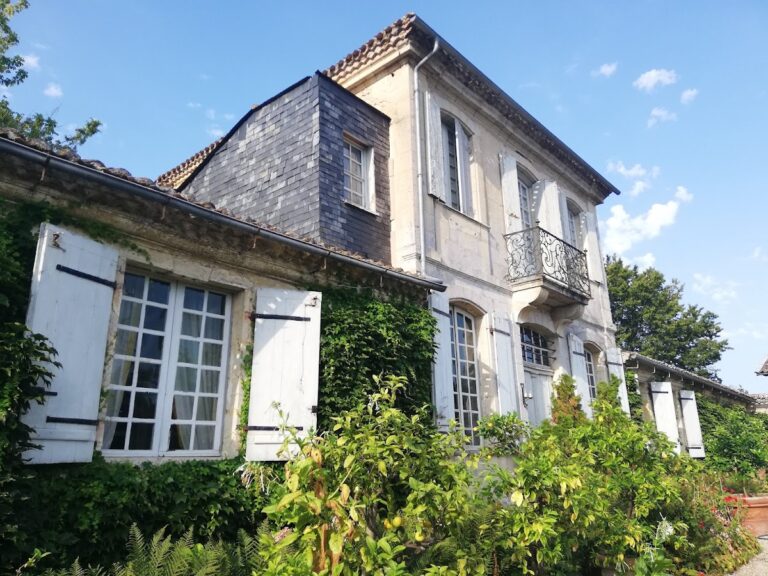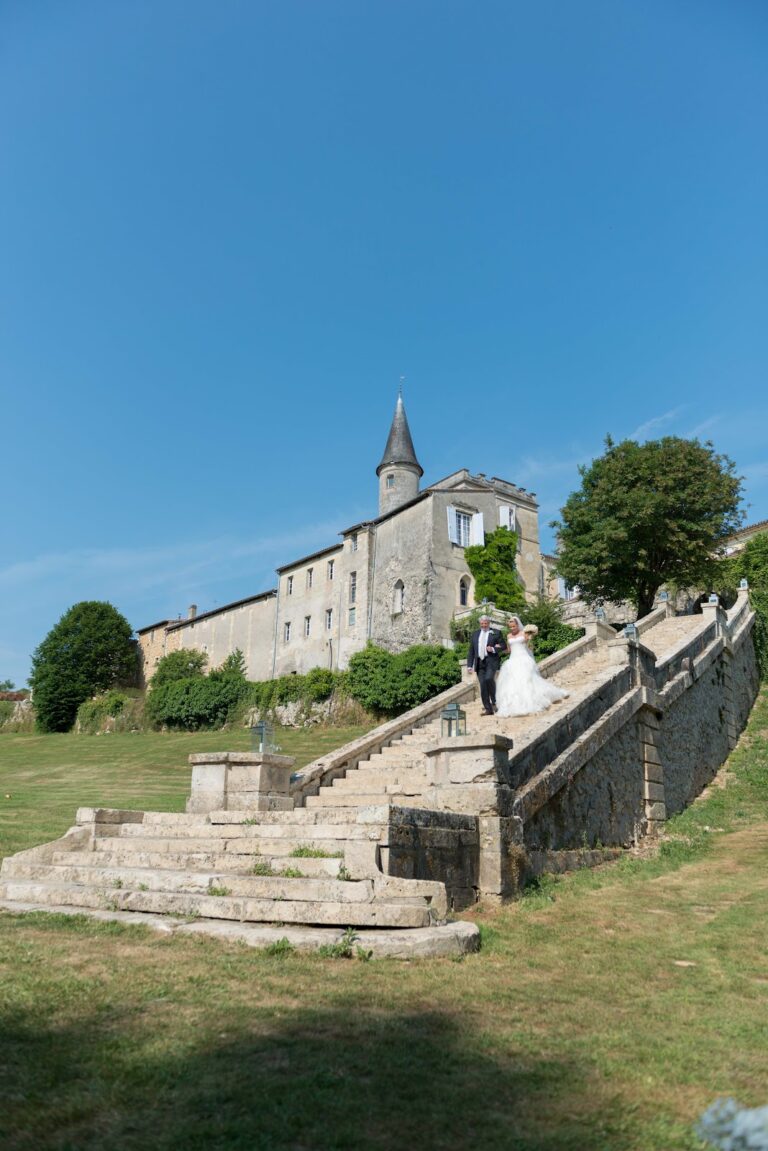Château d’Eck: A Medieval Fortress and Vineyard Estate in Cadaujac, France
Visitor Information
Google Rating: 4.2
Popularity: Very Low
Google Maps: View on Google Maps
Official Website: www.gonet.fr
Country: France
Civilization: Unclassified
Remains: Military
History
Château d’Eck stands in the municipality of Cadaujac in modern France, a site originally developed during the medieval period by the Aquitainian civilization. Its foundations date back to the 11th century, when it was established primarily as a fortified residence. William VIII of Aquitaine played a significant role in the château’s early development, contributing to its initial reputation not only as a defensive stronghold but also for wine production on the surrounding fertile lands.
In its earliest recorded phase, the estate was known as Château des Freytets, a name derived from the area’s favorable exposure for fruit cultivation, reflecting the agricultural potential recognized by its medieval owners. The property shifted from noble to ecclesiastical hands in 1287 when King Edward I of England granted it to the Church, turning it into the residence for the bishops of Bordeaux. This religious connection was notable in the early 14th century, as Bertrand de Goth, who later became Pope Clement V, stayed at the château in 1302 shortly before he moved to Avignon to establish the papal court there.
The upheavals of the French Revolution brought a major change for Château d’Eck as Church lands were seized and sold as national property. By the early 19th century, ownership transferred to M. Dussole in 1810. The château went through another shift in 1824 through marriage into the d’Eck family, from which it acquired its present name. This period marked the beginning of several structural changes and fluctuations in the estate’s condition over the following centuries.
Throughout the 19th and 20th centuries, the château experienced phases of construction, partial demolitions, neglect, and eventual restoration. Significant restoration work occurred in the 1940s under M. Reyné, followed by further renovations starting in 1969 supervised by M. and Mme Martin with the architect M. Labau. These efforts sought to revive the original medieval appearance by reconstructing three of the four initial towers and adding a defensive wall. After a period of closure and neglect lasting roughly ten years, the château was acquired by Frédéric Gonet in 1999, who undertook another comprehensive restoration of both the building and its vineyard. Under the Pessac-Léognan appellation, this revival reestablished the estate’s longstanding relationship with viticulture.
Remains
The Château d’Eck is organized in a distinctive U-shaped formation centered around an interior courtyard. The northern façade features prominently with two towers at each end and a central passageway that provides access through the building. The east and west wings extend from the main structure, each terminating in a tower at their southern points, collectively enclosing the courtyard.
Originally constructed with four towers, only one of these medieval towers remains intact today. The other three were reconstructed in a style consistent with medieval architecture during the 20th-century restoration phase. Additionally, the northern façade underwent modifications at this time; its height was increased and the original narrow arrow slits, typical of defensive buildings, were replaced with Renaissance-style windows that admit more light while maintaining historical character. Inside, the entrance hall is notable for its finely crafted wooden roof framework and a wrought-iron staircase, both contributing to the building’s architectural interest.
During the restorations carried out in the 20th century, a defensive wall was built around the estate, enhancing the impression of a fortified residence reminiscent of its medieval origins. Historical cadastral maps from 1810, 1847, and 1935 provide detailed evidence of the château’s structural evolution, showing changes such as the construction and later removal of buildings along its southern aspect.
The château’s grounds rest upon varied soil types, ranging from gravelly ridges to sandy clay. These terroirs have made the surrounding land particularly suitable for grape cultivation, supporting the estate’s continuing tradition of winemaking established centuries ago. Today, the site offers a remarkable example of layered architectural history, blending medieval foundations with Renaissance influences and modern interventions, all set within a landscape shaped for agricultural productivity.







